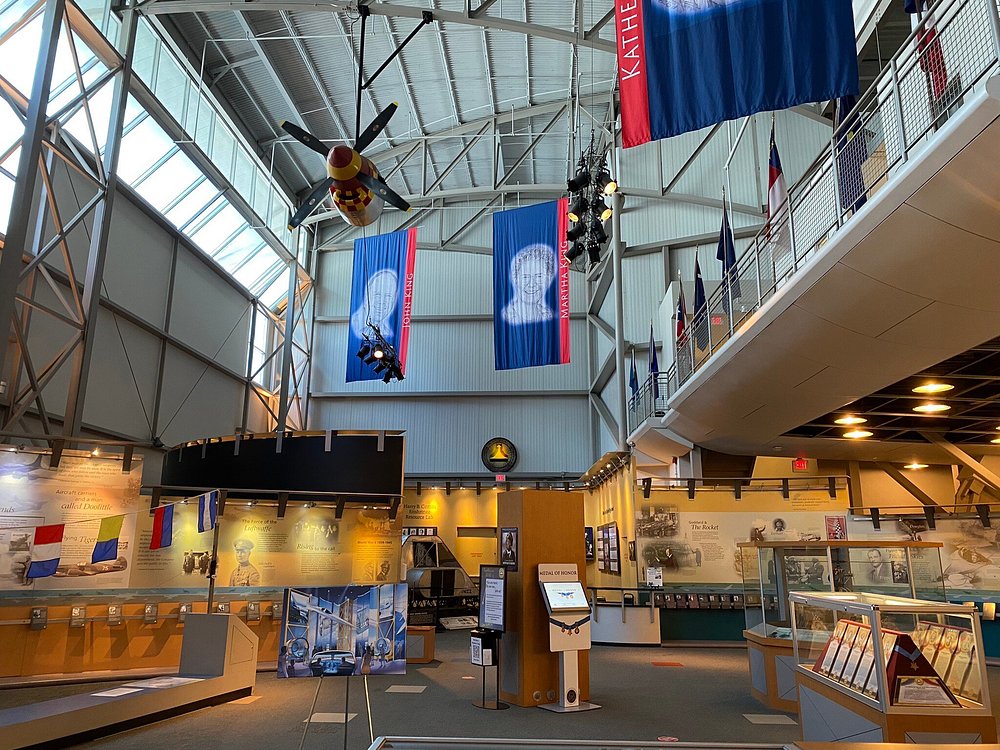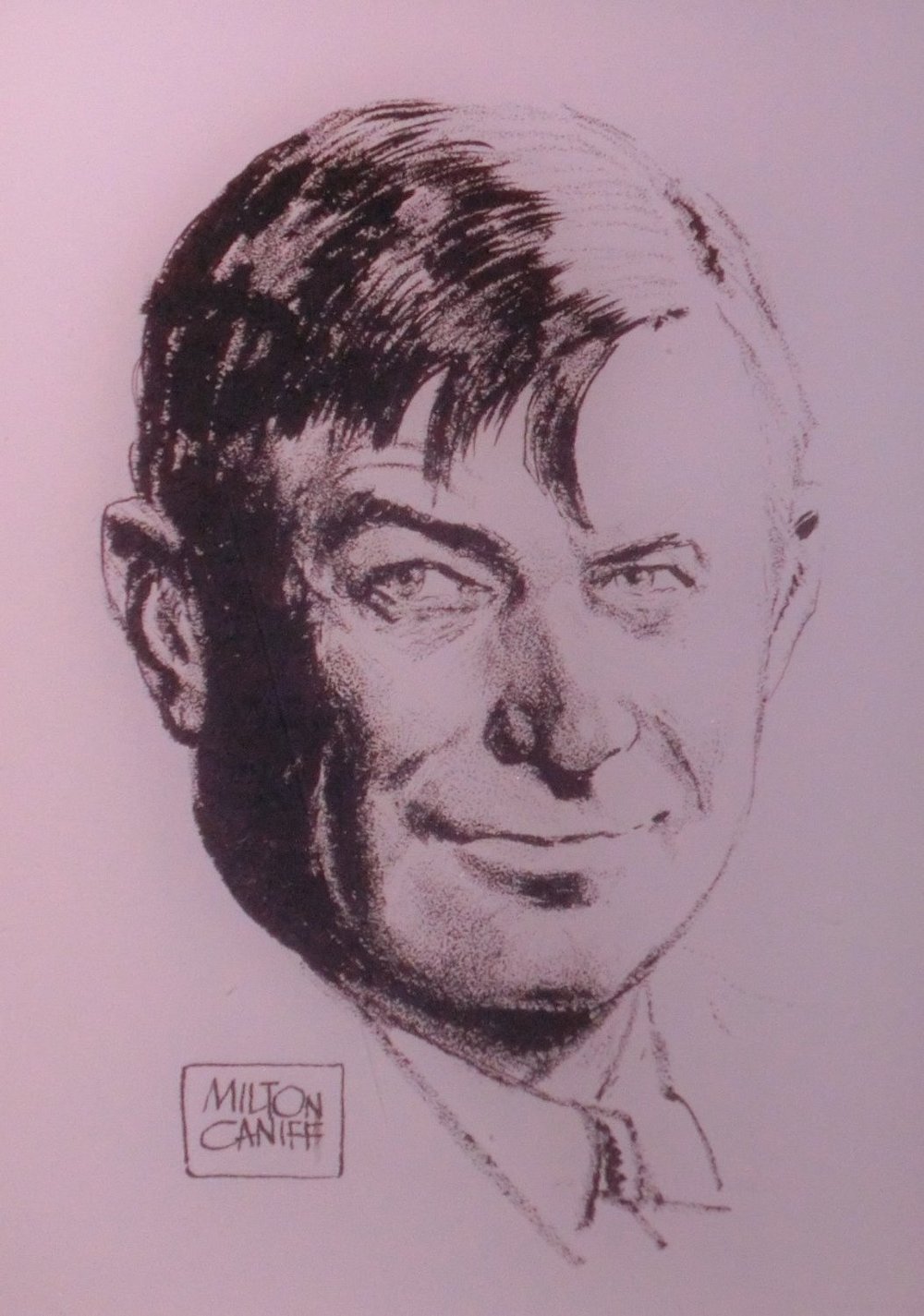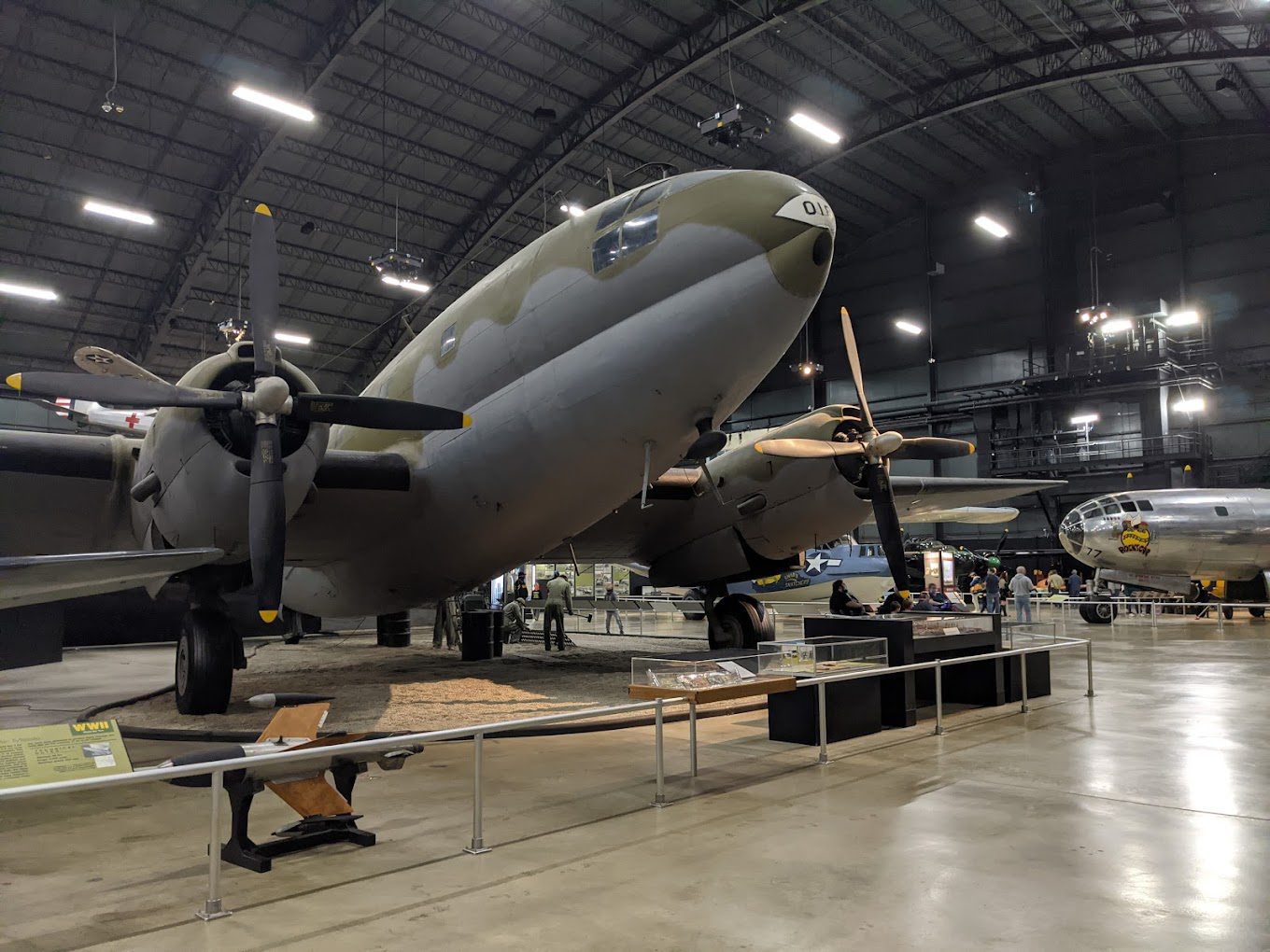National Aviation Hall of Fame (NAHF) is a museum, educational and research center, as well as an annual awards ceremony founded in 1962 as a non-profit corporation in Dayton, Ohio, known as the "birthplace of aviation" due to its connection with the Wright brothers. In 2017, the annual ceremony was held in a different city for the first time, Fort Worth, Texas, beginning the tradition of rotating locations for the event.

On July 14, 1964, the National Aviation Hall of Fame received national status by a resolution of the 88th U.S. Congress. The law was signed by President Lyndon Johnson, making the organization an official government institution. Today, the Hall continues its activities as a public foundation, reporting annually to the U.S. Congress. Main financial support comes from membership dues and private donations.
NAHF’s mission is "to honor legends of the aeronautics and astronautics industry, inspiring future leaders", demonstrating the strength, vision, perseverance, skill, and courage of men and women in aviation and space.
Main Activities
Since 1962, the NAHF annually hosts induction ceremonies honoring notable figures in aviation. Usually, four or five individuals are selected for induction into the Hall of Fame. The selection process is rigorous and includes thorough verification by a special commission of renowned experts in aviation and space. The induction ceremony, often called the "Oscar of Aviation," is held alongside the Wings of Women (WOW) mentorship program.




Notable Inductees
Over the years, the hall has inducted many prominent figures in aviation, including:
- Buzz Aldrin — legendary American astronaut and pilot of the Apollo 11 lunar module. On July 20, 1969, he became the second person to set foot on the Moon, after Neil Armstrong. Before his involvement in the space program, Aldrin was a fighter pilot in the U.S. Air Force during the Korean War. He has also actively promoted science and technology after his astronaut career.
- William Anders — American astronaut known for piloting the command module of the Apollo 8 mission, the first crewed mission to orbit the Moon in 1968. During this mission, he took the famous photo of “Earthrise,” which became a symbol of the environmental movement. After his space career, Anders held leadership roles in the energy and aviation industries.
- William McPherson Allen — served as President and CEO of Boeing from 1945 to 1968. Under his leadership, the company undertook groundbreaking projects, including the launch of the Boeing 707 jetliner, the first successful commercial jet aircraft. Thanks to his visionary leadership, Boeing became a global leader in aviation.
- John R. Alison — American Air Force general and one of the most renowned aces of World War II. He served in aviation during the war in China and Burma, gaining broad recognition for his combat successes. Alison also participated in the creation of the U.S. Special Operations Command, and his contributions to aviation influenced modern military strategies.
- Bert Acosta — one of the earliest American aviators and a participant in World War I. He was a renowned pilot in the Lafayette Legion, an elite aviation unit composed of American volunteers fighting for France before the U.S. officially entered the war. Acosta also set several aviation records during the interwar period and contributed to the development of aviation technologies.
Current Information:
Address: 1100 Spaatz St, Dayton, OH 45433, United States
Contacts: +1 (937) 443-0165
Hours of operation:
Mon-Sun 09:00-17:00 (09:00 AM - 05:00 PM)



